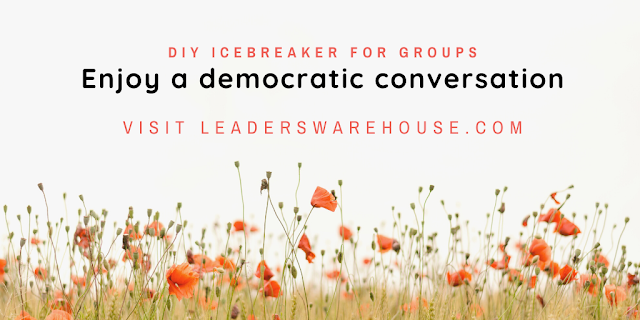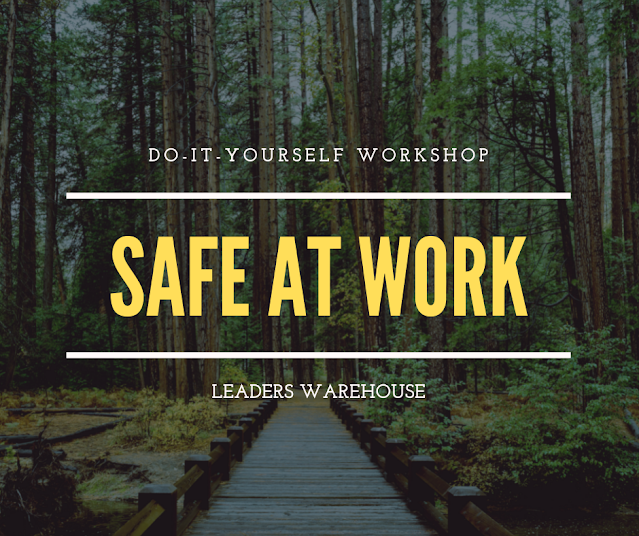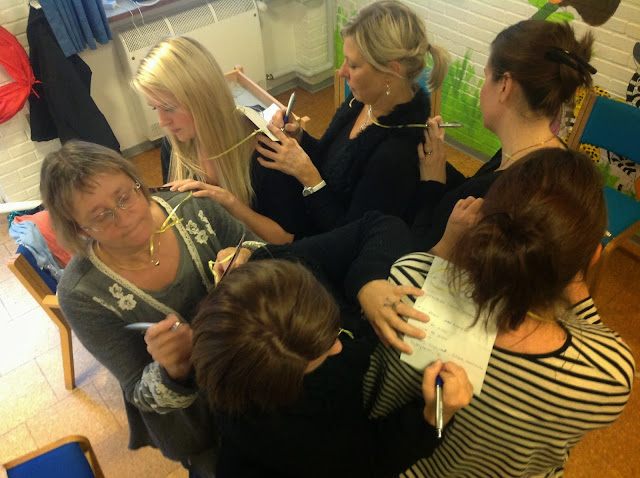How to design a pep talk plus bonus: The one-minute pep talk generator for leaders

How to design a pep talk plus bonus: The one-minute pep talk generator for leaders: Follow this recipe and deliver a pep talk Prepare your total pep talk - from start to finish. Follow the link and choose with sincerity from the 3 lists of Proclamations, Adjectives, and Team Descriptions. Once you have delivered your prelude, you can elaborate on it: 'When I choose the word (adjective)… it is because… and with the team description… I want to emphasize the importance of us being…' With this 'generator' you have 15,625 different options for preludes. You can then choose to include one or more of the following 7 ingredients. The order of the ingredients is arbitrary. Remember to explain why you have called your team in: □ Say something about the original reason What did originally set it in motion? What was the vision? What was the target? □ Say something about the importance of the group Without YOU we will never succeed. Which competencies, experiences and skills doe










